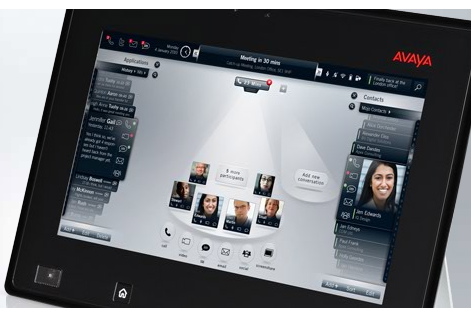There is a common perception, brought on by the ions of marketing by the video equipment vendors, that video conferencing is an effective substitute for business travel. And, with the increasing pains of air travel – longer security lines and hassles, more delays, fewer flights to fewer destinations – this is often considered to be a growing likelihood. Our research shows that some trips are more substitutable than others.
This perspective is reviewed in more detail in the Brockmann & Company’s recently published report, The Value of Video Communications which highlighted several important insights about how business users perceive the economic value of video conferencing products and services. One of the more interesting results from this research which was based on the perspectives of nearly 300 users who were asked to compare the high definition video conferencing sessions’ substitutable value for three distinct classes of popular business trips:
- The week-long trip typically involves an inter-continental sojourn with 5,000 miles each way lasting at least three days of being out-of-the-office. As well, at least 8 hours of meetings or collaborations are expected while traveling.
- The overnight trip is the regional business trip consisting of 500 miles each way and a typical 3-hour meeting.
- The day trip involves 50 miles each way and involves a one-hour meeting or collaboration.
When we compared the substitution price with the actual cost of the business trip, it gets really interesting. Users are willing to pay more to substitute the shorter trips than the longer trips:
- For day trips, respondents are willing to pay 6 x more for the video session than the actual cost of the day trip.
- For overnight trips, users are willing to pay about the cost of the overnight trip.
- For week-long trips, the panel is willing to pay only 50% of the actual cost of the week-long trip.
This result shows that despite the increasing pains of long distance air travel, users prefer them as strategic and periodic breaks from the routine of daily business. Inter-continental video communications does require adherence to unorthodox sleep patterns. For example, meetings that begin at 10 am in Frankfurt Germany, begin at 4 am in New York and 1 am in Los Angeles.
In some respects, the pain of air travel pales in comparison to the pain of local travel. Sitting in traffic, accounting for tolls and parking fees not to mention the completion of the travel expense form all work to increase the value of the substitution. So, instead of looking to video conferencing as a replacement for the corporate jet, we should look to it as the replacement of the local visit.









